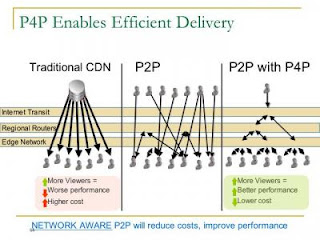President George W. Bush today announced his intention to nominate two individuals and appoint one individual to serve in his Administration.
The President intends to nominate Kenneth L. Peel, of Maryland, to be United States Director of the European Bank for Reconstruction and Development. Mr. Peel currently serves as Deputy Assistant Secretary for International Development, Finance and Debt at the Department of the Treasury. Prior to this, he served as Director for International Environment, Energy and Risk Regulation Affairs at the National Security Council. Earlier in his career, he served as a Member of the Secretary of State's Policy Planning Staff. Mr. Peel received his bachelor's degree from the University of California, Los Angeles.
For Immediate Release Office of the Press Secretary June 2, 2008
Kenneth Peel is the Deputy Assistant Secretary for International Development Finance and Debt. He is responsible for U.S. participation in multilateral development institutions, including the World Bank, IFC, the regional development banks, the Global Environment Fund, the North American Development Bank, and the International Fund for Agricultural Development. He is also responsible for U.S. international debt policy, including the Paris Club, debt relief programs for poor countries, and debt-for-nature swaps. Mr. Peel serves as U.S. negotiator for replenishments of the concessional windows of the multilateral development banks and oversees general development policy issues.
From 2002 until 2006, Mr. Peel served in the White House as a Director in the NSC’s International Trade, Energy and Environment Directorate. In addition to this position, he was serving as Associate Director for Global Affairs at the White House Council on Environmental Quality.
Mr. Peel first joined the Executive Branch in 2001 as a member of the Secretary of State’s Policy Planning Staff. In the 1980s and 1990s, he served in a variety of foreign policy and international economic policy positions in the U.S. Congress, including Foreign Relations Counsel to Senator Chuck Hagel, the second ranking Republican member of the Senate Foreign Relations Committee and chairman of the Foreign Relations Subcommittee on International Economic Policy, Export and Trade Promotion. He also served as Foreign Affairs Legislative Assistant to Senator Olympia Snowe, and Republican Staff Director of the International Operations Subcommittee of the House International Relations Committee.
A native of California, Mr. Peel attended UCLA, the American University in Cairo, and the Johns Hopkins University Nitze School on Advanced International Studies.
Office of International Development Finance and Debt, United States Department of the Treasury. 1500 Pennsylvania Ave., N.W. Room 3205 MT Washington, D.C. 20220 Tel. (202) 622-0070; Fax: (202) 622-0658 Email: kenneth.peel@do.treas.gov














